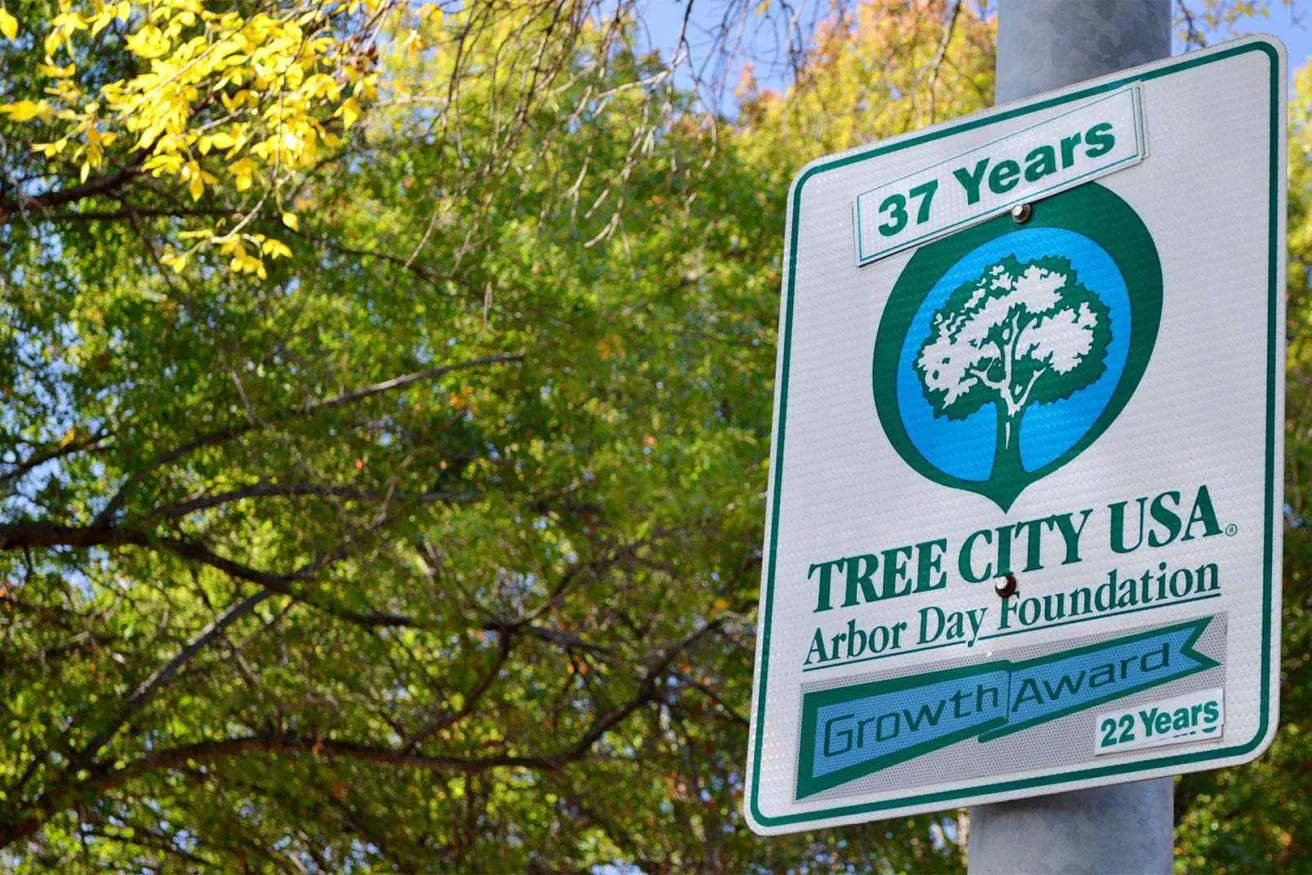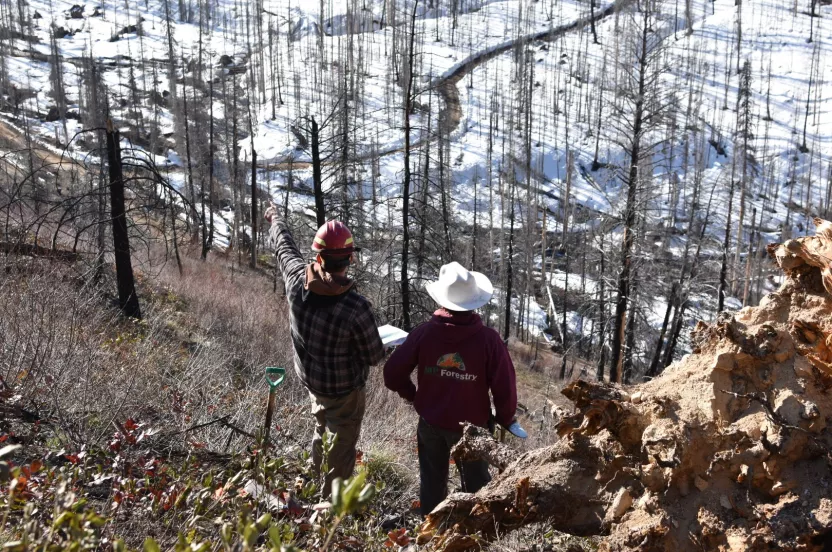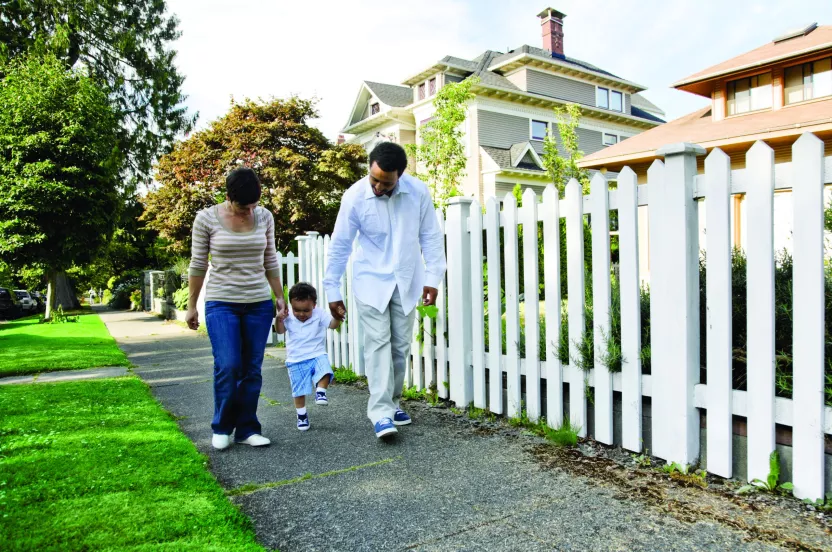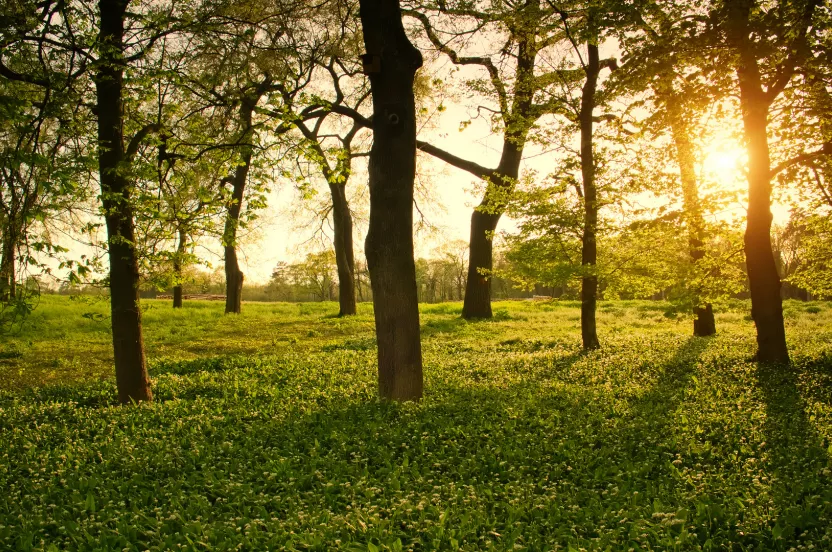The Arbor Day Foundation is pledging 10 million trees to areas impacted by hurricanes Helene, Milton Help us replant
This article was originally published in the March issue of Community Tree Connections newsletter—The newsletter of the Oregon Urban & Community Forestry Assistance Program. Written by Kristin Ramstad, Acting Urban & Community Forestry manager, Oregon.
"I think you just get a flag." "It doesn't seem like it's worth the effort." "There are too many hoops you need to jump through."
These are statements I typically hear from city leaders as to why their cities are not designated as a Tree City USA. Yet, in my opinion, these statements reflect a lack of knowledge about the "subtle power" of the Tree City USA program.
What do I mean by "subtle power?" I mean that the Tree City USA program has the potential to positively transform how communities see themselves. The Tree City USA program recognizes cities for basic tree care efforts and activities they could be, possibly should be — and maybe already are — doing to keep their residents safe, increase their community's livability, and build community spirit. Healthy trees "advertise" a healthy community, and the Tree City USA program helps a community "advertise" that it values improving its trees on behalf of its residents.
To certify as a Tree City USA a city needs to meet these four standards within a calendar year:
Standard 1 requires that a city have a tree committee or urban forestry department. For many cities, the tree committee is a sub-committee of an existing commission. Standard one identifies the people, or department, who are responsible for the policies and procedures related to your city's publicly owned trees, such as those along roadways and in parks.
Standard 2 requires that a city have a tree care ordinance. No city needs to regulate tree care or tree removal off of private property to meet this Standard. Clear, thoughtful public tree ordinances clarify liability issues, determine who has the authority to act on behalf of your city trees, and can provide some legal protection when tree-related lawsuits occur.
Standard 3 requires a $2 per capita expenditure on tree care and an annual urban forestry plan. This Standard is all about keeping records and being accountable to your city residents. It is a way of showing how your city proactively manages it trees for the safety of its residents and beauty of the city. This expenditure goal doesn't need to be a line item in a city's budget. Volunteer time, contracted services for tree care and removal can also be included, as can the costs of leaf pick up and tree-related software purchase.
Standard 4 requires an Arbor Day celebration and proclamation. Your city does not have to do this on National Arbor Day, but any time during the calendar year.
Tree City USA is a program that provides communities with direction, assistance, and national recognition for their community. It doesn’t relate to federal funding for state urban forestry efforts. State foresters are not paid by the Arbor Day Foundation to administer the program, but we do so because we see a lot of value in the simple urban forestry framework the Tree City USA program provides.
Visit Tree City USA to see if your community is part of the network.





